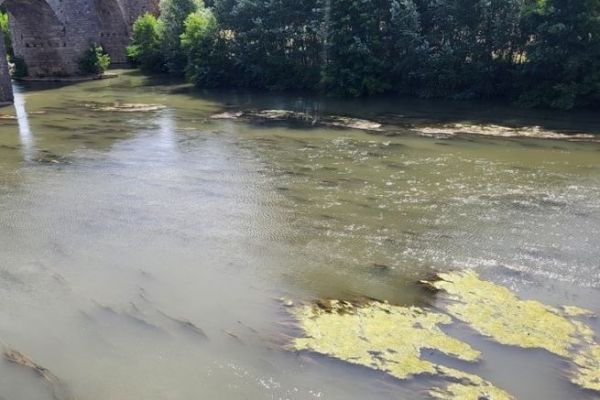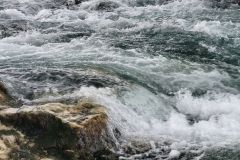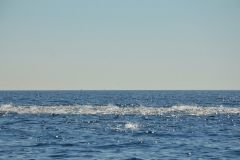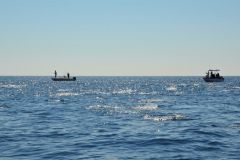Alarming results
The studies, published in the journal Environmental Science and Pollution Research, show that microplastics are present in nine major European rivers, including the Seine, Garonne, Loire, Rhône and Rhine. The pollution is described as alarming, with an average concentration of three microplastics per cubic meter of water.
Microplastics are particles less than 5 millimeters in size, often derived from synthetic textile fibers, tire wear or industrial granules. They can be ingested by aquatic animals and pose potential risks to human health.
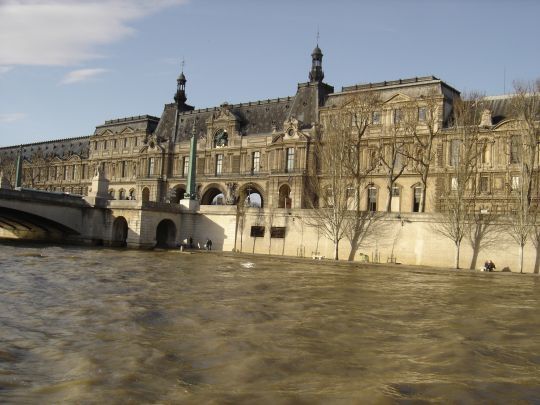
An environmental and health impact
A study has identified a virulent bacterium on a microplastic in the Loire, capable of causing infections in humans. Small microplastics, unlike larger ones, are ingested by many aquatic organisms, thus becoming part of the food chain.
Jean-François Ghiglione, Director of Research at the CNRS, explains that thousands of plastic particles cross the rivers studied every second, underlining the diffuse, installed pollution.
The scientists, supported by the Tara Océan foundation, are calling for a major reduction in primary plastic production, as this is directly linked to the pollution observed. The researchers have decided not to establish a ranking of the most polluted rivers, as pollution levels are generally similar and data is still insufficient for precise comparisons.
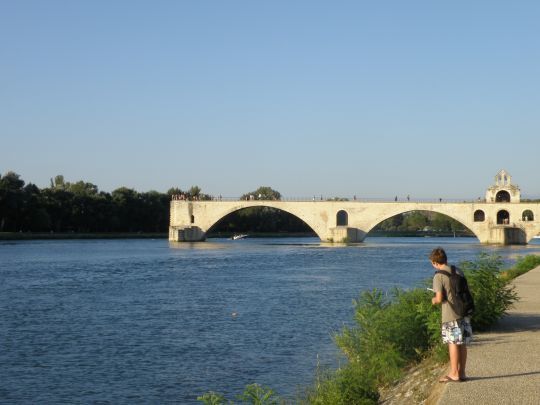
These studies highlight the urgency of the situation regarding microplastic pollution in European rivers. They underline the need for concrete action to reduce the production and use of plastics, in order to protect aquatic ecosystems and human health. The international scientific coalition, of which Tara Océan is a member, is calling for drastic measures to limit this ubiquitous pollution.

 /
/ 